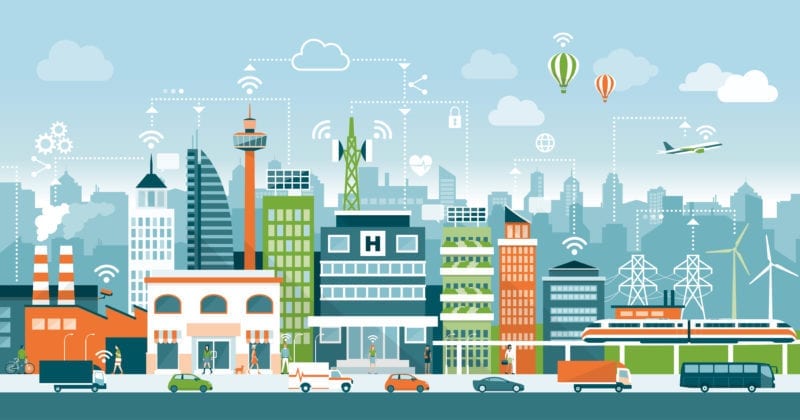Internet of Things

Imagine if everyday items were connected to the Internet. Your fridge, your running shoes, even your golf bag. Connecting these “dark assets” online enables them to exchange data over a vast network of devices, with the ultimate aim of improving your quality of life.
You’ve just imagined the Internet of Things (IoT).
Being connected to the Internet has historically been the preserve of desktop computers, laptops and smartphones. But rapid technological advancement means that now, pretty much anything can be connected to the Internet. All they need are the right sensors and software to enable them to exchange data over a network. By 2020, it is estimated that between 50-100 billion devices will be part of the IoT, and computers will only make up 17 percent of all connected devices.
The growth of the IoT – to connect people to people, machines to machines and people to machines – is regarded by many as the great leap forward in making our lives more convenient and efficient.
The forklift that once just shifted pallets is now having digital conversations with the pallet, the shelves and the delivery truck. It can tell you the optimum time to restock inventory, automate the picking and make maintenance decisions.
In the world of logistics, the IoT provides businesses with a golden opportunity to access vast reserves of once-untapped operational information. This information will prove useful in guiding efficient maintenance, inventory and staffing decisions in the near future.
Download this trend report to explore the many intriguing possibilities for IoT in logistics.




 English
English